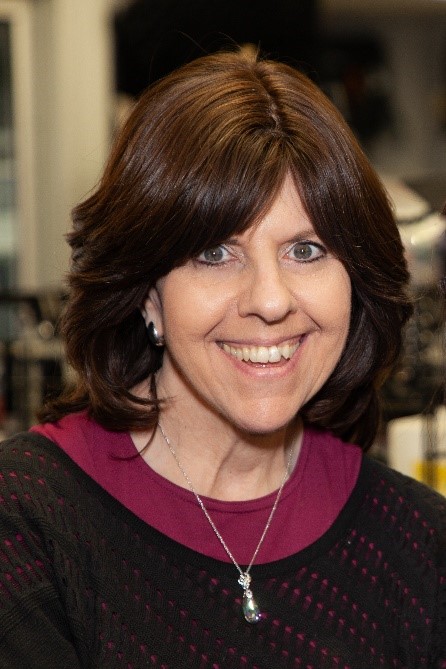Guardians of Glory

Desks, blackboards, and lockers were gone at Baltimore’s Bais Yaakov Eva Winer High School. In their place — a dazzling celebration of the greatest women in Tanach

Since May 2016 when 24 11th- and 12th-graders were elected to co-chair the triennial exhibit at Bais Yaakov Eva Winer High School of Baltimore the student body worked feverishly to convert an entire floor of their school into a museum. Under the tutelage of principal Rabbi Yechezkel Zweig and the direction of exhibit coordinator Mrs. Elise Wolf and student heads Daniella Attar and Elka Schwartz thousands upon thousands of hours of hard work finally paid off in January 2017 when visitors from Baltimore and beyond — including busloads of out-of-town students — enjoyed their guided tours.
From the moment they left the second-floor school stairway and stepped into the Aishes Chayil Hallway — the entrance to the “Guardians of Glory: A Celebration of Women in Tanach” exhibit — visitors were mesmerized by an ingenious multimedia celebration of our great forebearers.
Eishes Chayil Hallway
The exhibit begins in the Eishes Chayil vestibule the perfect frame for the journey on which we are about to embark. The Midrash Shocher Tov explains that each pasuk of Eishes Chayil parallels a different woman in Tanach who helped her husband family and Klal Yisrael as she served Hashem. Elaborately decorated this vestibule — introduced by a dioramic Shabbos dining room — is an inspiration for the hundreds of women and girls who walk through admiring the exquisite handiwork.
“Eishes Chayil is also compared to Shabbos and Torah” notes co-hallway head Yehudis Markowitz referring to the diorama. “The seforim shelves represent Torah and the Shabbos table is lit by a chandelier made out of pearls because an eishes chayil is compared to pearls. Just like a pearl is rare and takes a long time to grow and develop an eishes chayil doesn’t develop overnight.”
Leah Tendler co-hallway head adds “The ‘You’ curtain in our hallway that says ‘What do you see?’ written out of different middos shows how each of us can be an eishes chayil by developing the treasures within us our good middos to be the best person we can be.”
Sarah
She was the epitome of beauty inside and out and the co-heads of this display used innovative artistic techniques to capture the dual nature of Sarah’s life. “This reversible display is showing people trying to get out of the rain when viewed from this angle but if you look at it the other way you see people dancing in the rain ” demonstrates co-hallway head Tzipora Polsky.
“It’s showing that two people can have the same situation and have different perspectives on it. Sarah used the years that she couldn’t have children to teach people about Hashem… She considered all the years of her life equally good” adds co-hallway head Bryna Tusk.

A large colorful 4800-bottlecap curtain with a neiros design acts as a partition between the beginning of the hallway display Sarah’s tent and the rest of the display — her kitchen a river made from cracked glass with a wooden plank bypass leading up to Yerushalayim and ultimately Mearas Hamachpeilah gateway to the World to Come.
Rivkah
“It took about 8000 candles to make this” says co-room head Shira Tenenbaum pointing to a pair of larger-than-life silver leichter glued to the wall adjacent to a glass showcase of fresh-baked challos. “These represent two of the three nissim that returned when Rivkah moved into Sarah’s tent — the challos stayed fresh the candles stayed lit from Shabbos to Shabbos and the Ananei Hakavod rested above the tent.
“We chose to focus on Rivkah’s chesed and the entire middle of the room focuses on chesed” continues Shira. “All the letters are little suitcases with luggage tags depicting hachnassas orchim; bikur cholim is spelled out in Band-Aids.”
Oops! We could not locate your form.













